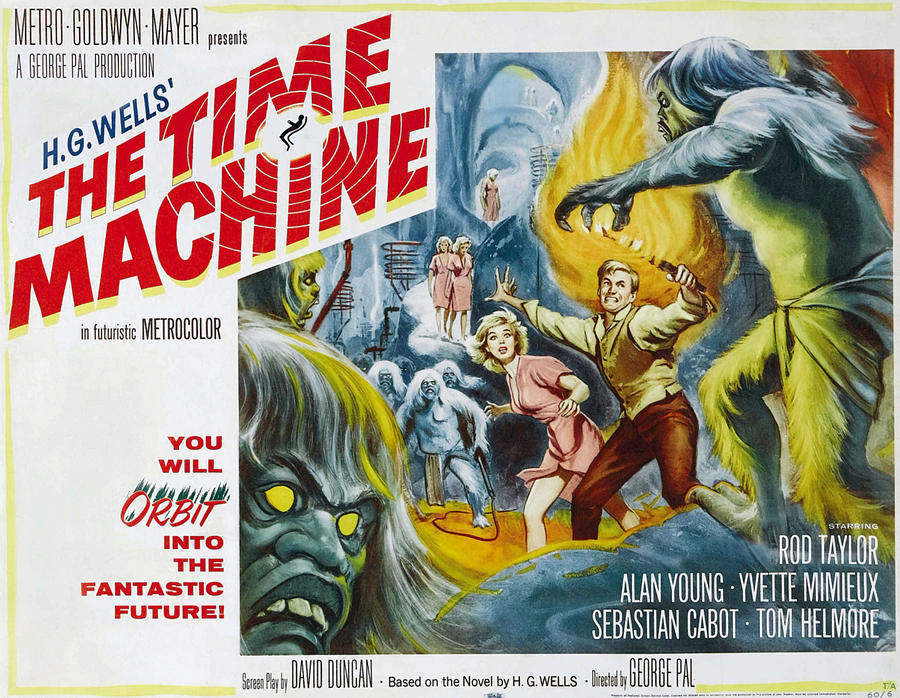I’ve always enjoyed time-travel stories. What if in business, we could travel ahead in time to see our mistakes and then go back and correct them and change the future for the better? While Einstein and others suggest it is impossible, I beg to differ.
In the case of leading change, we can travel through time, in large part, because we are so predictable. For senior leaders, here’s the view from the future of the post-mortem on why your strategy or change initiative failed. Note: it wasn’t because you had bad ideas.
Why Our Strategy Program Failed: Our Employees…
a. Did not understand it.
b. Did not understand why it was needed.
c. Were suspicious of it.
d. Did not understand what it meant for them.
e. Could not connect their daily jobs to the strategy and so they quit trying.
f. Were not asked their opinion on how to go about it.
g. Decided to take a wait and see approach just in case it was another flavor-of-the-month initiative.
h. Based on working with customers, categorically disagreed with it, but had no way to voice their concerns.
i. Viewed it as another exercise in the internal game of thrones played by senior management.
j. Are tired of senior management playing with their careers.
k. Attempted to make it work, but had no real way to offer feedback on how it could be improved.
l. Did not have the know-how to make it work.
m. We’re not given adequate time to process on the new ideas. (After all, you spent months thinking about it, and expected us to grok it after a town hall meeting and a few breakouts.)
n. Did not understand how to measure progress.
o. Did not take into account the reality that we feel like we are inside a Vitamix blender, spinning in a million directions just trying to keep the place running—particularly after the latest round of cost cuts.
p. Did not offer guidance on what we could stop doing—which all of us know is a critical part of any strategy.
q. Failed to take into account how work and decisions take place in our culture—horizontally and not vertically.
r. Could not agree on how to measure performance and progress.
s. Ended up with compensation plans that were in conflict with the work necessary to implement the new strategy.
t. Had managers who gave it lip-service but did not take it seriously.
u. Grew cynical as improvement ideas were systematically shot-down.
v. Viewed the changes as insulting to the culture.
w. Watched you make short-term decisions that conflicted with what you advocated for the new program.
x. Resented that you used fear as a tactic to drive compliance with the new direction. It backfired.
y. Also resented that you brought in new people who treated us as if we were broken and less than adequate for the work.
z. Were angered that you failed in just about every way to capture the minds and hearts of the people responsible for bringing new ideas and approaches to life.
This work of change would be easy if it weren’t for the people.
People are all that you have.
The Bottom-Line for Now:
The application of common sense built on respect, trust, and involvement is the only framework you need to succeed with change. In this case, take advantage of our ability to peer into the future and make certain it is a bright one.








Leave A Comment